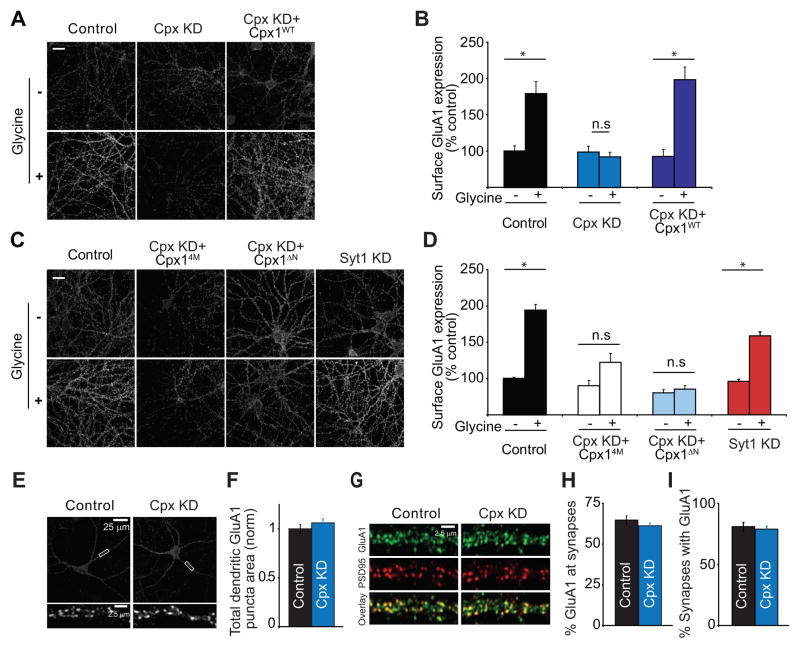Figure 4. Complexin-1 and -2 Knockdown (Cpx KD) Prevents Glycine-Induced Increase in Surface AMPAR Expression in Hippocampal Neuronal Cultures.
(A and B) Representative images (A) and summary graphs (B) showing increase in dendritic surface GluA1 following glycine-induced “LTP” in control cells but not in Cpx KD cells. The “LTP” was rescued by expression of wildtype complexin-1. Scale bar = 10 μm. (C and D) Representative images (C) and summary graphs (D) showing that the Cpx14M mutant and Cpx1ΔN mutant do not rescue the glycine-induced “LTP” that was generated in cells from the same culture preparations (Control) and that Syt1 KD does not block this cell culture model of LTP. (E and F) Representative images (E) and summary graphs (F) showing that the total pools of GluA1-containing AMPARs in dendrites are not affected by Cpx KD. (G–I) Representative images (G) and summary graphs (H and I) showing that the percentage of GluA1 puncta at synapses as defined by co-localization with PSD-95 (H) does not change after Cpx KD nor does the percentage of synapses containing GluA1 (I). In all panels, each bar represents mean ± SEM (*p < 0.05).

